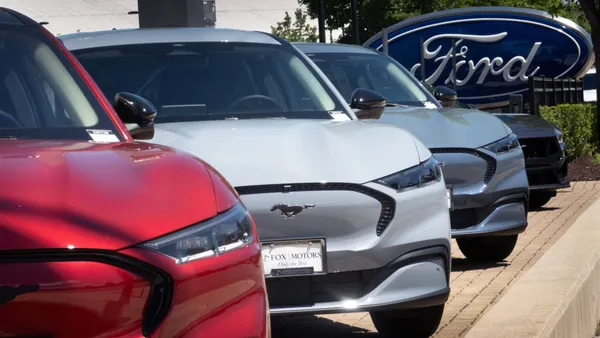The price of automobile insurance has skyrocketed in recent years, with average monthly premiums increasing by more than half since 2019. These rate increases, combined with improving loss ratios, have contributed to auto insurance companies finally reaching profitability after years of instability, with some even recently filing for rate decreases.
Now that profits are up, auto insurers may choose to focus on strategic growth and risk management — but they also need to manage unsatisfied customers, according to the results of the J.D. Power 2025 U.S. Auto Insurance Study.
Per the study, 38% of auto insurance customers are not very satisfied with their insurance companies, meaning they are more likely to shop around for a better provider. Overall satisfaction declined two points year over year to a score of 644 on a 1,000-point scale. Meanwhile, overall satisfaction with auto insurers reached a record 831 points in 2019, according to that year’s J.D. Power study.
“Now that insurers are shifting back into growth mode, they really need to focus on cultivating and keeping high-value customers,” Stephen Crewdson, managing director of insurance business intelligence at J.D. Power, said in a statement. To improve customer satisfaction after the past several years of serious rate increases, “insurers need to focus on delivering a tailored, seamless customer experience across all channels,” Crewdson added.
The study found that high-value customers for insurers — those who pay higher premiums, who have been with a company for several years and who may have multiple plans from the insurer — are also the most likely to shop for a new provider. Just over half — 51% — of high-value customers said they “definitely will” renew their plans with their current insurer, compared to 53% of medium-value customers and 54% of low-value customers.
Customer retention isn’t all about cost. According to J.D. Power, low premiums attract customers, but clients stay with insurers because of good service and positive claim experiences. The biggest driver of customer retention is “a seamless experience across channels,” according to the study, suggesting that customers want consistent service whether they are using a mobile app, speaking with an agent over the phone or visiting an insurance office in person.
The study measured customer satisfaction across 11 geographic regions, as well as among customers with usage-based insurance, which sets costs according to driver behavior.
Respondents were surveyed to assess satisfaction with their insurer based on their trust in the company, the price for coverage, the insurer’s staff, the ease of doing business, the provider’s product offerings, the company’s ability to resolve problems and the insurer’s digital portfolio.
The study incorporated responses from more than 48,000 auto insurance customers surveyed between May 2024 and April 2025.










